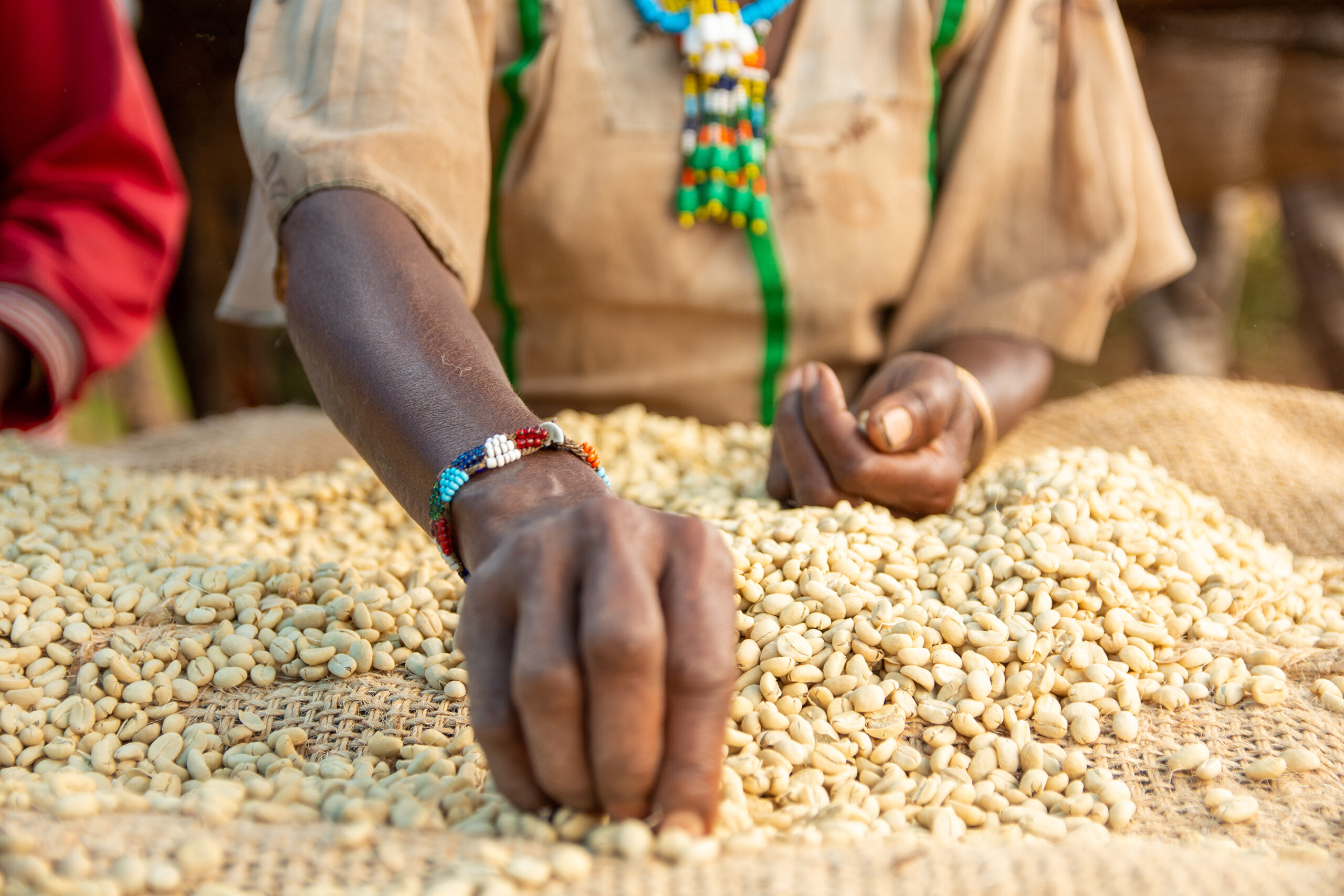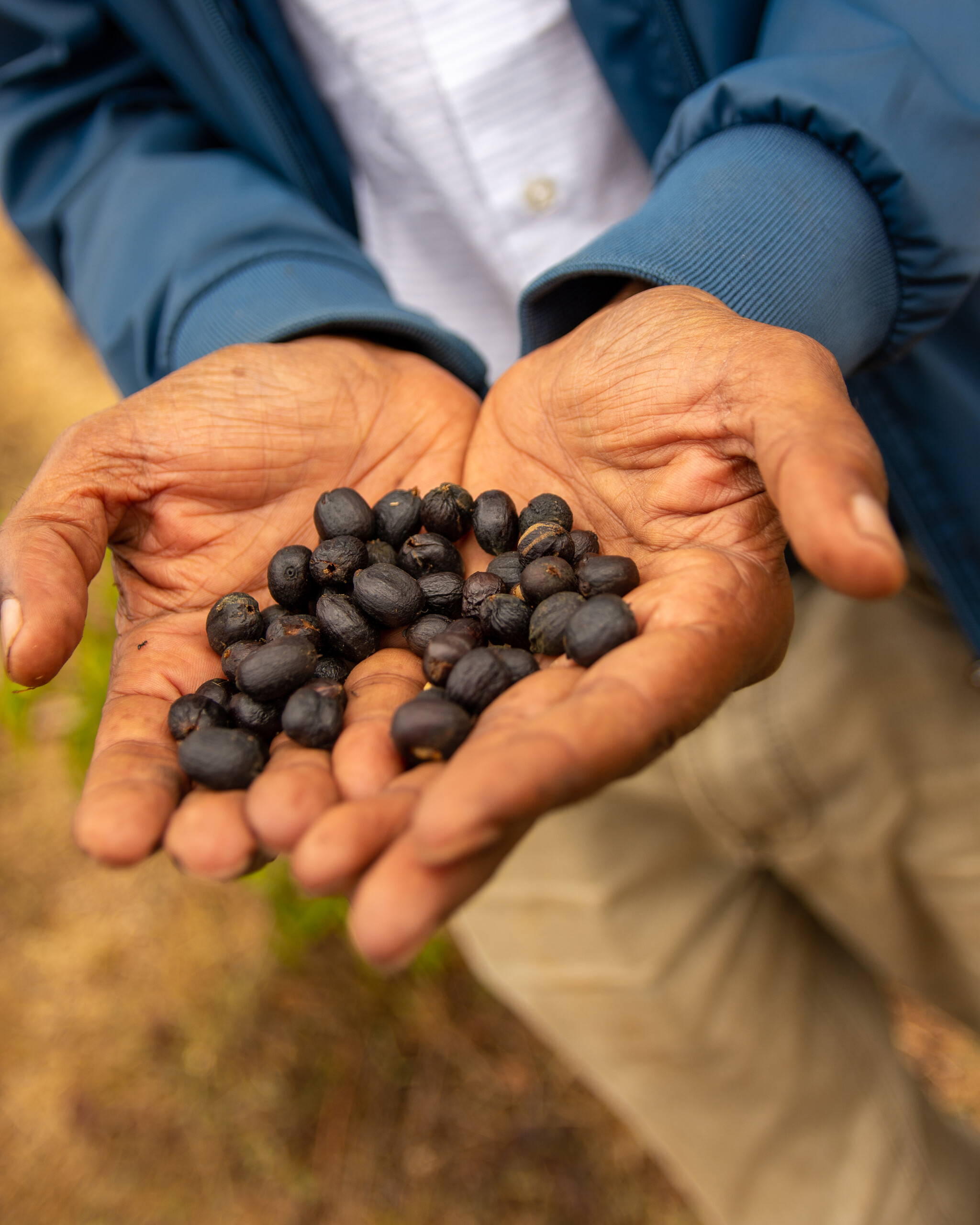
Every cup of coffee hides a long, complex, and exciting journey. Behind the aroma that fills our mornings is a story that begins long before the bean reaches our hands. Today, we delve into the coffee process , from the seed on the farm to the moment the barista pours it into our cup. A journey that defines the flavor, body, and soul of each sip.
Stages of the coffee process
1. Estate
It all begins on the coffee farms, located in what is known as the “coffee belt ,” a geographical strip near the equator. Climate conditions, altitude, soil type, and the natural environment directly influence the quality of the beans. This is where the identity of coffee is born.
Seed and variety
The coffee variety you choose is crucial. Some offer greater resistance to pests, while others develop more complex flavor profiles. Among the best-known are Bourbon, Typica, Geisha, and Caturra . Each variety requires specific conditions and contributes different nuances to the final cup.
4. Crop
Cultivation is a slow and delicate process. It can take between three and five years from the time the seed is planted until the coffee tree bears fruit. Once the field is planted, the coffee tree requires constant care: pruning, pest control, fertilization, adequate shade, and weather monitoring. All with the goal of ensuring the coffee cherries ripen at their optimal peak.
5. Harvest
Harvesting can be done manually or mechanically. In the case of specialty coffee, it is usually done by hand, selecting only the ripe cherries. It is a meticulous and demanding task that guarantees the highest quality in the final result .
6. Pulping and coffee processing methods
Once harvested, the coffee undergoes various forms of processing (beneficiation) that directly affect the flavor and aroma:
- Washing process: The pulp is removed and the bean is fermented to remove the mucilage. The result is a clean, bright cup with pronounced acidity.
- Natural process: The cherries are dried whole in the sun (usually for three weeks), resulting in coffees with plenty of body, sweetness, and fruity notes.
- Honey process: An intermediate method in which some of the mucilage is retained during drying, resulting in balanced and complex coffees.
Each method defines a unique flavor profile and responds to both the coffee grower’s technical decisions and the surrounding climatic conditions.
7. Drying, packaging and transportation
After processing, the beans are dried in the sun or in mechanical dryers until they reach the appropriate moisture level. They are then sorted, bagged in special sacks, and prepared for transport to consumer countries. A journey that can last weeks and requires optimal conditions to avoid damaging the beans.
8. Toasted
Once at its destination, the green coffee reaches the roasters. This is where the bean truly transforms, and roasting enhances its latent aromas and flavors.
Depending on the desired profile, the time, temperature, and development point are adjusted. A light roast for filter methods is not the same as a darker roast intended for espresso. Here, every decision made by the master roaster directly influences the cup.
9. Packaging and labeling
Once roasted, the coffee is cooled and packaged, preserving its freshness. Labels provide information about the origin, variety, process, roasting date, and flavor profile. For those seeking quality, this information is essential.
10. Baristas: the last link
Finally, the coffee reaches the barista , a key figure in this chain. Their work is not just technical: it involves interpretation, care, and hospitality. A good barista knows how to extract the best from the bean, adjust the grinder, control the temperature, and create a complete experience in every cup.
From seed to sip, every stage of the coffee process is filled with decisions, knowledge, and sensitivity. And although the cup lasts only a few minutes, behind it lie years of dedication, people, and landscapes worth telling.
